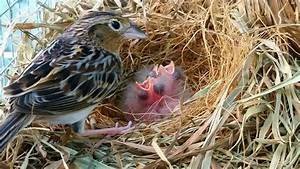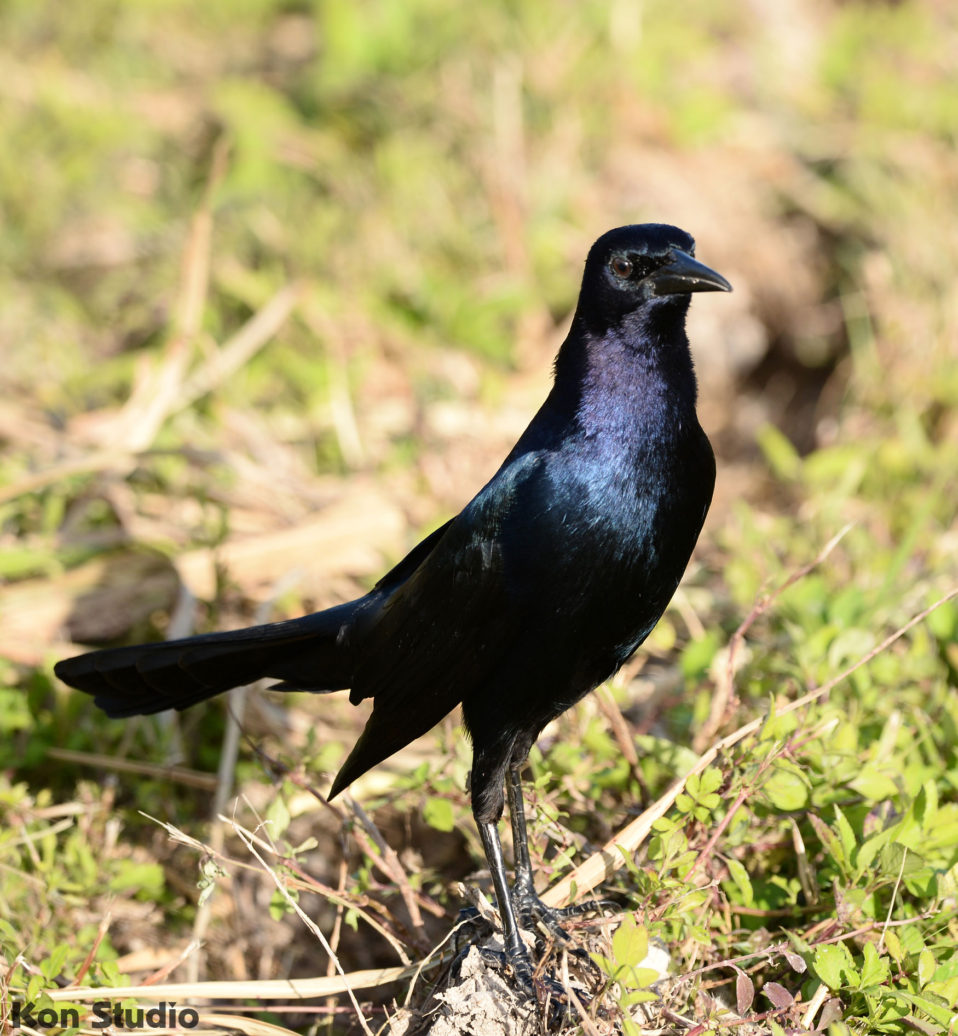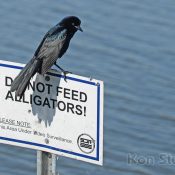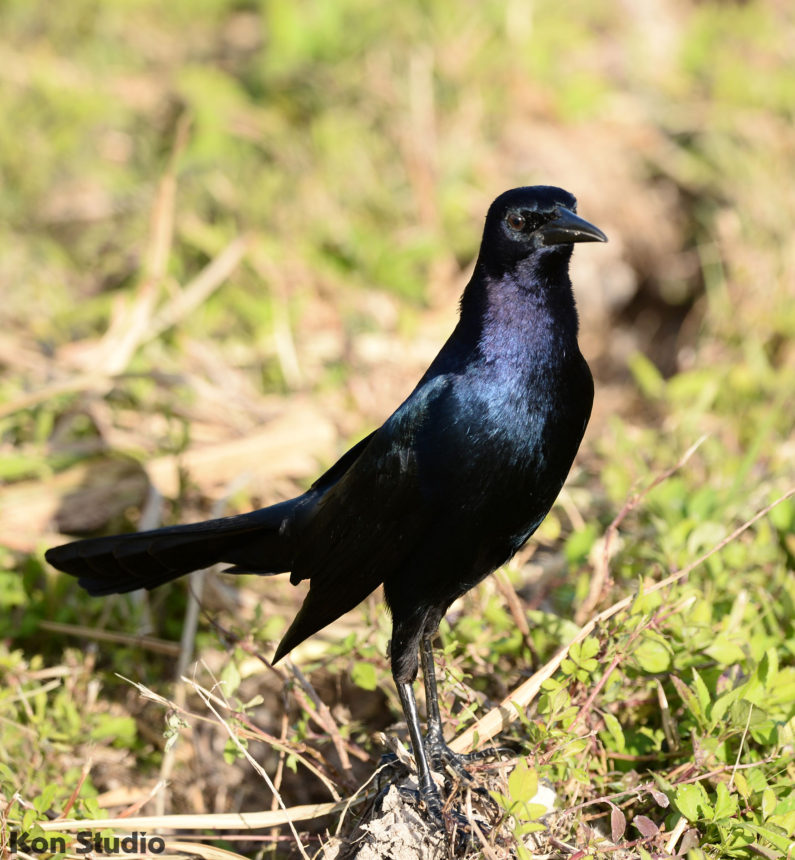The Florida Grasshopper Sparrow (Ammodramus savannarum A. s. floridanus) is one of the most endangered birds in Florida, with less than 50 breeding pairs left in the wild. A subspecies of the Grasshopper Sparrow, the Florida Grasshopper Sparrow, has darker and more gray tones in its plumage and is the only grasshopper sparrow that breeds in Florida. They weigh no more than one ounce as adults. Their coloration and habit of living and nesting in the grass make them almost invisible. The sparrow forages on the ground for small invertebrates, grasshoppers, and seeds. The Sparrow’s nest is concealed under vegetation. Still, they are extremely vulnerable to predation by snakes, birds of prey, crows, rodents, raccoons, skunks, armadillos, opossums, coyotes, fire ants, and box turtles. Females incubate three to five eggs for approximately 12 days. Chicks leave the nest at around eight days old but will stay in the area and be fed by the parents for a few weeks. The Florida Grasshopper Sparrow’s decline began in the 1970s when native prairie grasslands were converted to cattle grazing pastures, sod production, and other agricultural uses. The Florida Grasshopper Sparrow responds well to restoration efforts. Current conservation efforts in Florida to restore native grasslands and breeding programs may help this critically endangered bird recover.
Boat-tailed Grackle
This beautiful male Boat-tailed Grackle is on the lookout at the Lake Apopka Wildlife Drive. He is a permanent resident of Florida. The bright sun makes the beautiful iridescence of his feathers glow for all to enjoy. Females have a brownish coloration and a smaller tail. Boat-tailed Grackles breed abundantly in salt and freshwater marshes along the Atlantic and Gulf coasts. These birds forage on the ground, in shallow water, or in shrubs. They eat arthropods, crustaceans, mollusks, frogs, turtles, lizards, grain, seeds, fruit, and tubers. At times they have been known to steal food from other birds, animals, and humans. They overturn shells and stones with their beaks, dunk their heads in water to catch their prey, and pry open mussel shells. Just like us, they will dunk food like rice, dogfood, or bread before eating it.






Recent Comments